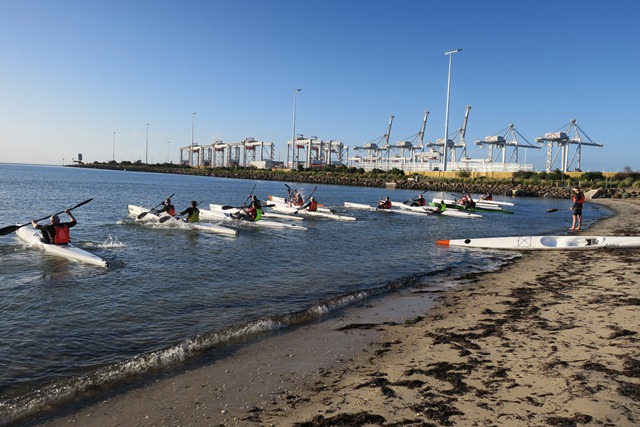
Planning for the future of Webb Dock
“a port is never finished, but is always in the process of becoming” 1
Victoria’s Infrastructure Strategy 2021 – 2051, presented to the Victorian Parliament on 19 August, recommends continuing development of Webb Dock east for containers until it reaches a capacity of 8 million TEU2, more than double what it handles now. The strategy also urges the Government to secure the land and access corridors for a future port at Bay West, with detailed planning to begin in 2040.
The strategy consolidates and confirms Infrastructure Victoria’s May 2017 Advice on securing Victoria’s port capacity, discussed previously on Port Places. The recommendations are aimed at making the best use of existing infrastructure before embarking on new investment.
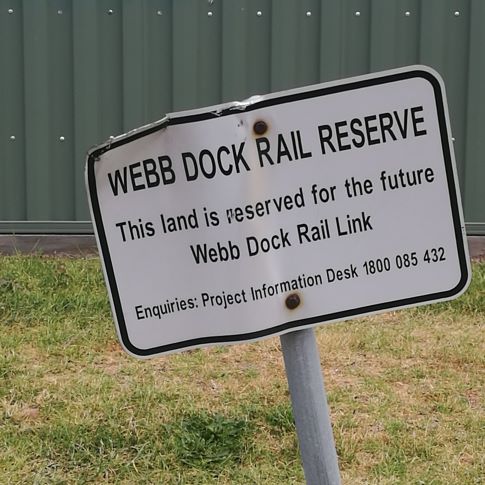
The strategy also supports the reconnection of a freight track rail line from Webb Dock to Dynon along Lorimer St as the number of truck movements generated by the intensification of Webb Dock east would result in unacceptable amenity impacts and congestion. Improvements to the signalised intersections where trucks enter and leave the Port are suggested in the medium term.
Greater efficiency of truck movements is also sought. At present, many single trucks with single containers can be seen entering and leaving the Port. Further efficiencies would be achieved by using the existing access connections to the M1 freeway at night.
The strategy recommends a careful staging of investment at Webb Dock – not too early and not too late – so as not to prejudice the ongoing operation of Swanson Dock. Webb Dock, being at the entrance to the River, is increasingly being used by the larger ships now calling at the Port of Melbourne, even sooner than was anticipated. For the viable ongoing operation of Swanson Dock, vessels of an intermediate size that can fit under the Westgate Bridge must continue to call at the Port of Melbourne. The strategy anticipates that Swanson Dock will reach its use by date by 2029.
To make room for more containers at Webb Dock, the strategy recommends relocating the automotive trade elsewhere and moving the Tasmanian trade up the River as the vessels do not need such long or such deep berths.
Webb Dock has been progressively extended into Port Phillip Bay since the 1950s when it was first nudged out into the Bay for the RoRo Tasmanian trade. The most significant expansion of Webb Dock occurred in the late 1990s when Citylink cut off access to berths upstream.
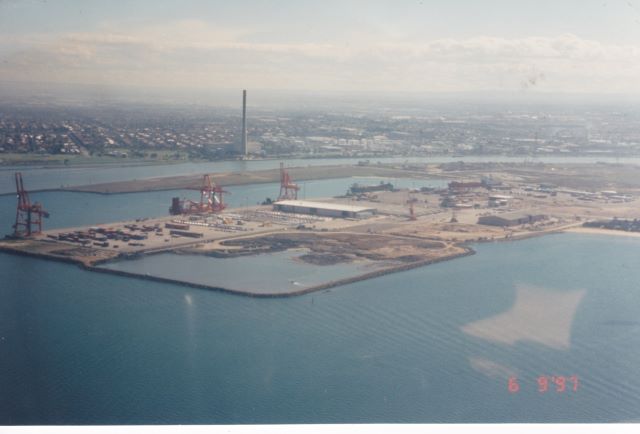
It is important to note that the strategy does not recommend significant further expansion of Webb Dock into Port Phillip Bay. Rather, through relocating the automotive and Tasmanian trade, more space for containers within the existing footprint can be created before reaching the maximum capacity of 8 million TEUs.
The strategy also notes that with significant amounts of land available for housing and employment in Fishermans Bend to 2050, there is unlikely to be pressure on Port land until that time.
The strategy emphasises the importance of ‘actively taking steps to manage amenity implications for community acceptance’ and building community support.
Work is already underway. Earlier in August, the Port of Melbourne completed works to enable Webb Dock East to operate across two berths by extending the berth by 71 metres to accommodate vessels longer than 300 metres that have been calling.
Whether future infrastructure investment will proceed in accordance with these recommendations is, of course, uncertain. Nevertheless, they provide strong direction.
1 editorial Port of Melbourne Quarterly April to June 1974
2 TEU a twenty foot equivalent unit is an exact unit of measurement used to determine cargo capacity for container ships and terminals.
Follow up
Victoria’s Infrastructure Strategy 2021 – 2051, Section 03 Harness infrastructure for productivity and growth
03.2 Improve freight efficiency for industry competitiveness
The relevant recommendations
Recommendation 63: optimise capacity at the Port of Melbourne
Recommendation 64: act now to protect the Bay West option

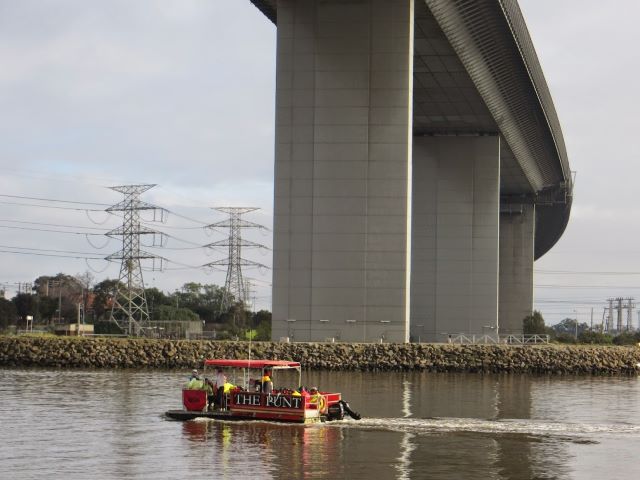
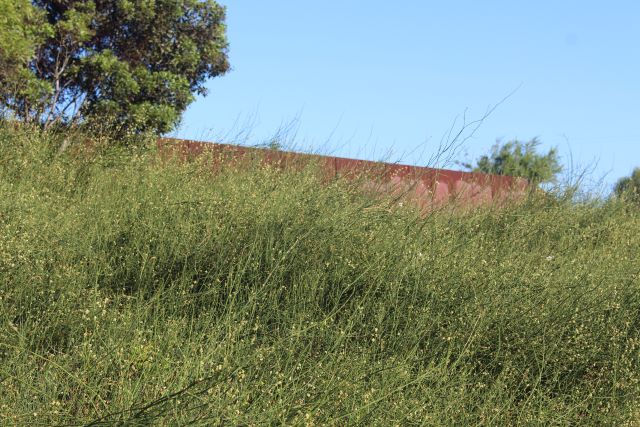
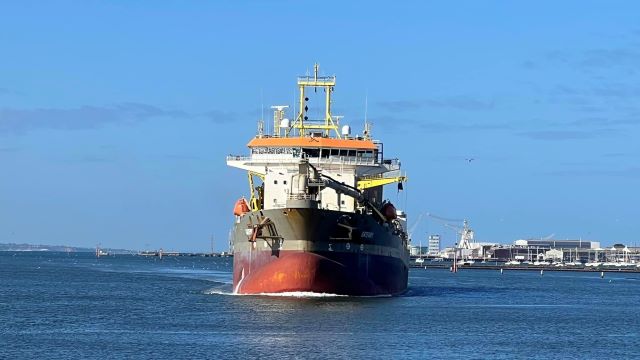
Leave a Reply